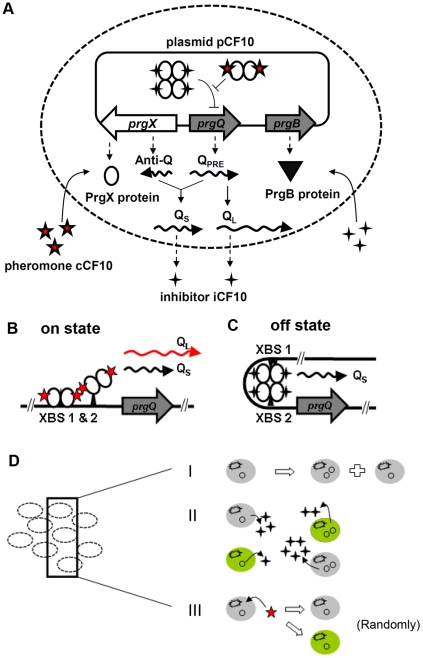Figure 2. Schematic drawing of gene regulation and population balance model.
(A) The gene reaction network of pCF10 based conjugation system. The prgQ-prgX gene pair regulates conjugation. While pheromone cCF10 is released by recipient cells in the extracellular environment, the inhibitor iCF10 is encoded from both QS and QL RNA, products of the prgQ gene. Both iCF10 and cCF10 compete for binding to PrgX protein which is assumed to exist at a constant concentration in this study. In the off state, iCF10-bound PrgX tetramers repress prgQ gene expression via formation of a DNA loop. Under these conditions, the nascent prgQ transcript Qpre interacts with the non-coding antisense RNA, Anti-Q, to give rise to shorter QS RNA. In the on state PrgX-cCF10 dimers relieve prgQ repression to give rise to increased production of Qpre, which tends to titrate Anti-Q, allowing production of the longer QL RNA and consequently PrgB protein. The concentration of PrgB protein indicates the level of conjugation. (B) the DNA configuration of on state. (C) the DNA configuration of off state. (D) Schematic depicting the Population Balance Model (PBM) with stochastic gene regulation. Grey color indicates a cell in off state and green indicates on state. Properties of the PBM include I) Uneven distribution of plasmids to daughter cells. II) Cells with different plasmid copy number or different states act differently and influence each others. III) A cell acts random according to stochastic intracellular gene regulation.

